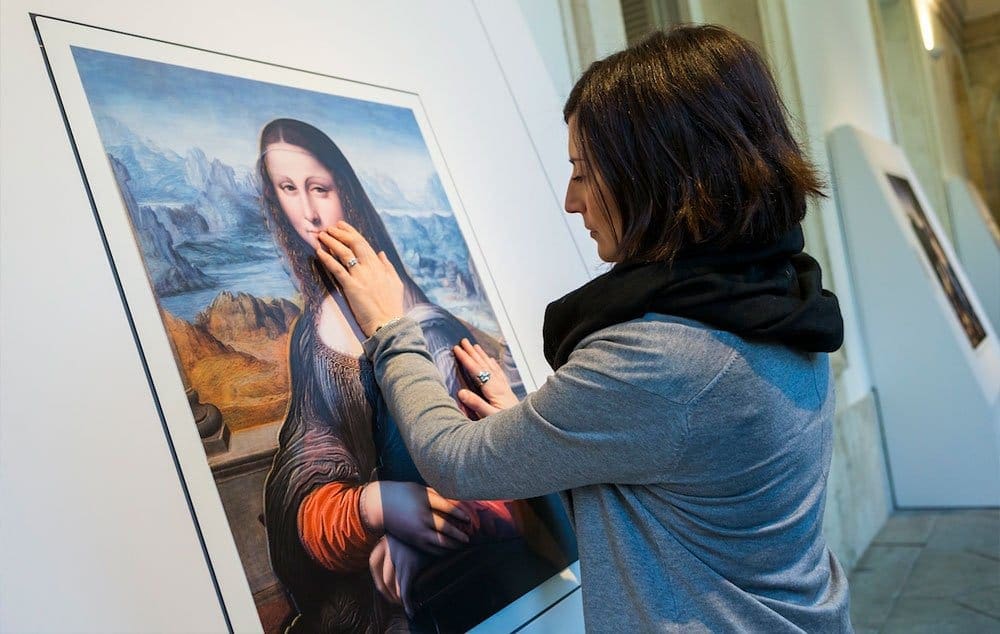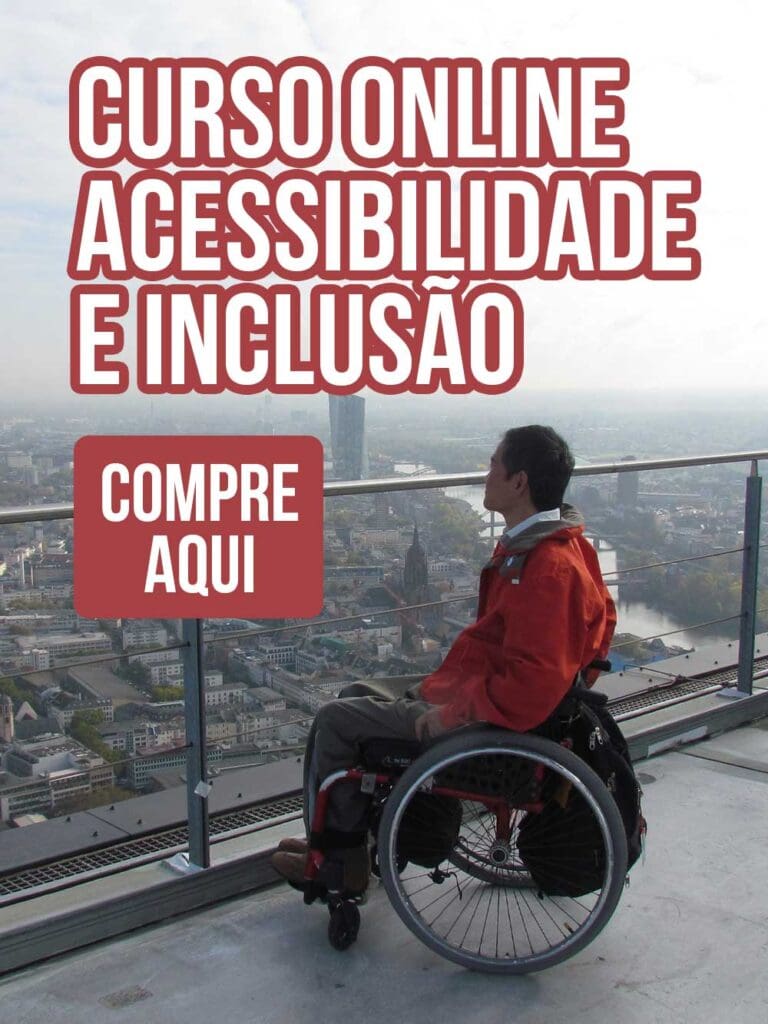Many of us have felt the flash of embarrassment that comes when a stern museum guard scolds us for getting too close to the artwork. Paintings are for looking, not touching. It’s an understandable rule that fends off grubby fingers, but unfortunately, it also sidelines the blind.
Museo del Prado has begun tackling this problem by doing away with those conventions entirely. Touching the Prado, an exhibition put on in collaboration with the ONCE and AXA foundations, invites visually impaired people to touch relief replicas of six collection masterpieces.
Visitors can run their fingers past the stiff, ruffled collar of Velasquez’s prim “Nobleman with his Hand on his Chest” (1580), over the billowing, silky skirt folds of the woman in Goya’s “The Parasol“ (1777), or across the enigmatic smile of the sitter in “La Giaconda” (1503 – 1519), a da Vinci workshop copy of the famous painting. They can also touch three-dimensional versions of “Noli me Tangere” (1525) by Correggio,”Vulcan’s Forge” (1630) by Velasquez, and “Still Life with Artichokes, Flowers, and Glass Vessels (1627) by Juan van der Hamen. Braille wall text and an audio guide fully describing the works offer additional context.
“One of the goals of the Prado is to disseminate its collections to the whole society,” curator Fernando Pérez told Hyperallergic. “There are people with physical or sensory disabilities who need our support, assistance, and complicity on many levels.”
This is the museum’s first exhibit created for those who can’t see, though it has previously organized events for the deaf and those with Alzheimer’s and autism. These projects are part of a wider effort to improve accessibility at the Prado. In 2006, it launched El Prado for All, an initiative to make the institution more inclusive of all audiences, while its 2013–2016 Action Plan also underscored this handicap-friendly focus. Among other improvements, it has since incorporated sign language into its signage and at the reception area; it also offers wheelchairs and walking sticks for visitors’ use and has even remodeled some areas so wheelchairs can pass through freely.
It’s hard to say why the nearly 200-year-old museum hasn’t done anything like this before, though it’s not alone. Websites like Tripadvisor and Yelp are full of disgruntled complaints about poor accessibility from disabled museum guests around the world. Back in 1980, the International Council of Museums called on its members to show greater responsibility to the handicapped, but many have been slow to answer the appeal.
Peréz said the delay wasn’t because of a lack of interest, but because of a lack of resources. “There are now new technologies to provide solutions that were previously not possible, such as the paints in relief, three-dimensional impressions, and apps,” he explained.
Though late in coming, the museum has already received a deluge of enthusiastic feedback, and Peréz said they plan to continue creating exhibitions for the blind. Visitor Miguel Moreno told RTVE that the exhibit’s organizers “have succeeded in creating remarkably different textures, mainly regarding skin, cloaks, tools, and hair,” and that it shows “tremendous progress, marvelous progress.”
But others pointed to its undeniable limitations. “Painting is an art to be seen, and this is fine, but I know what I’m missing,” blind visitor Carlos Galindo told 20 Minutos. “The colors, for example. I will never see [El Grego’s nobleman] as someone does who sees.”
The Prado isn’t the first museum to offer specially designed exhibits for the blind, the Art Institute of Chicago has a special touch gallery and the Museum of Modern Art offers special tours for the blind or partially sighted, but it is one of the only major museums to offer versions of their best-known masterpieces for blind visitors.
Source: Hyperallergic





Republicou isso em arte para invisuais.